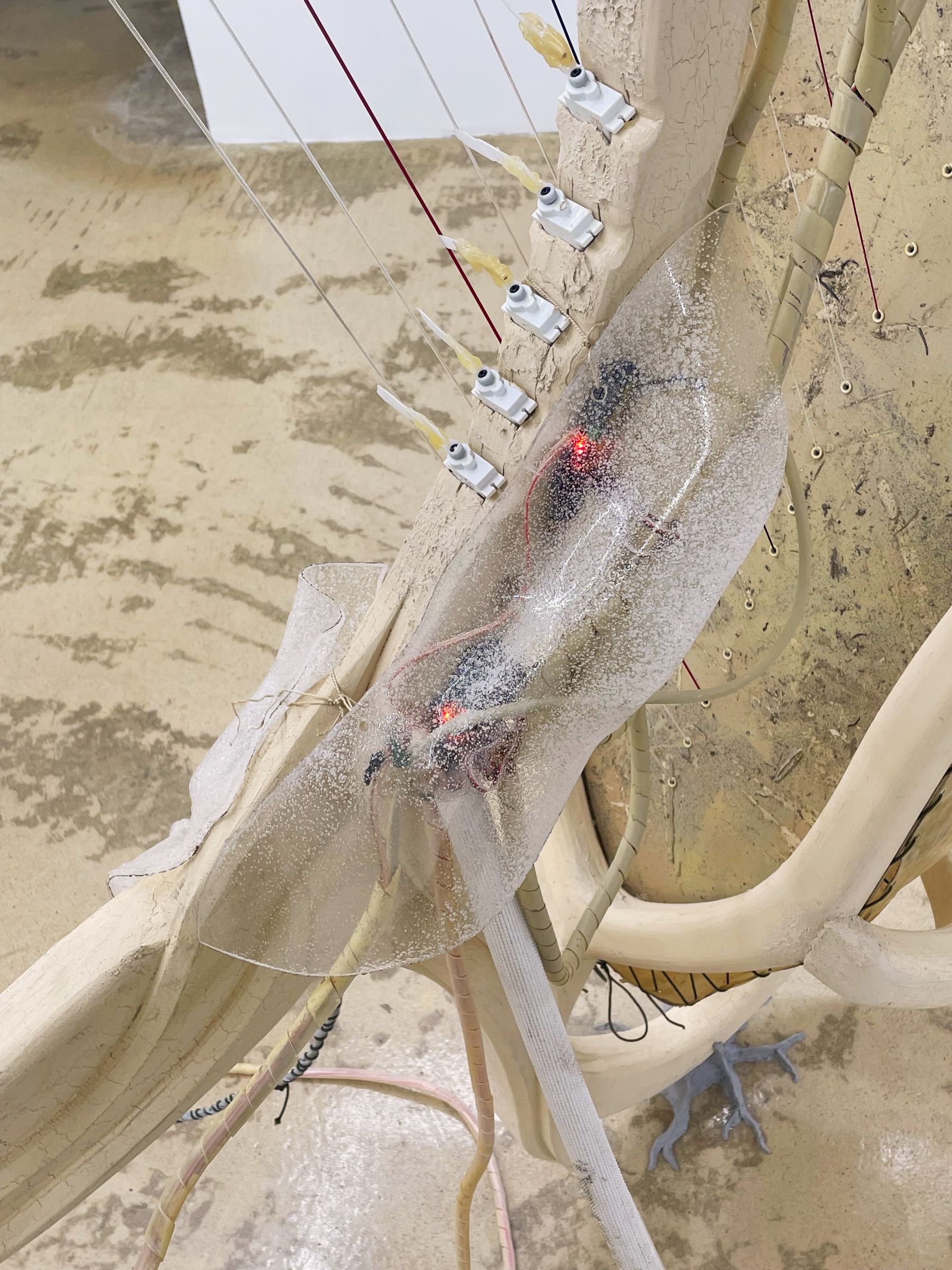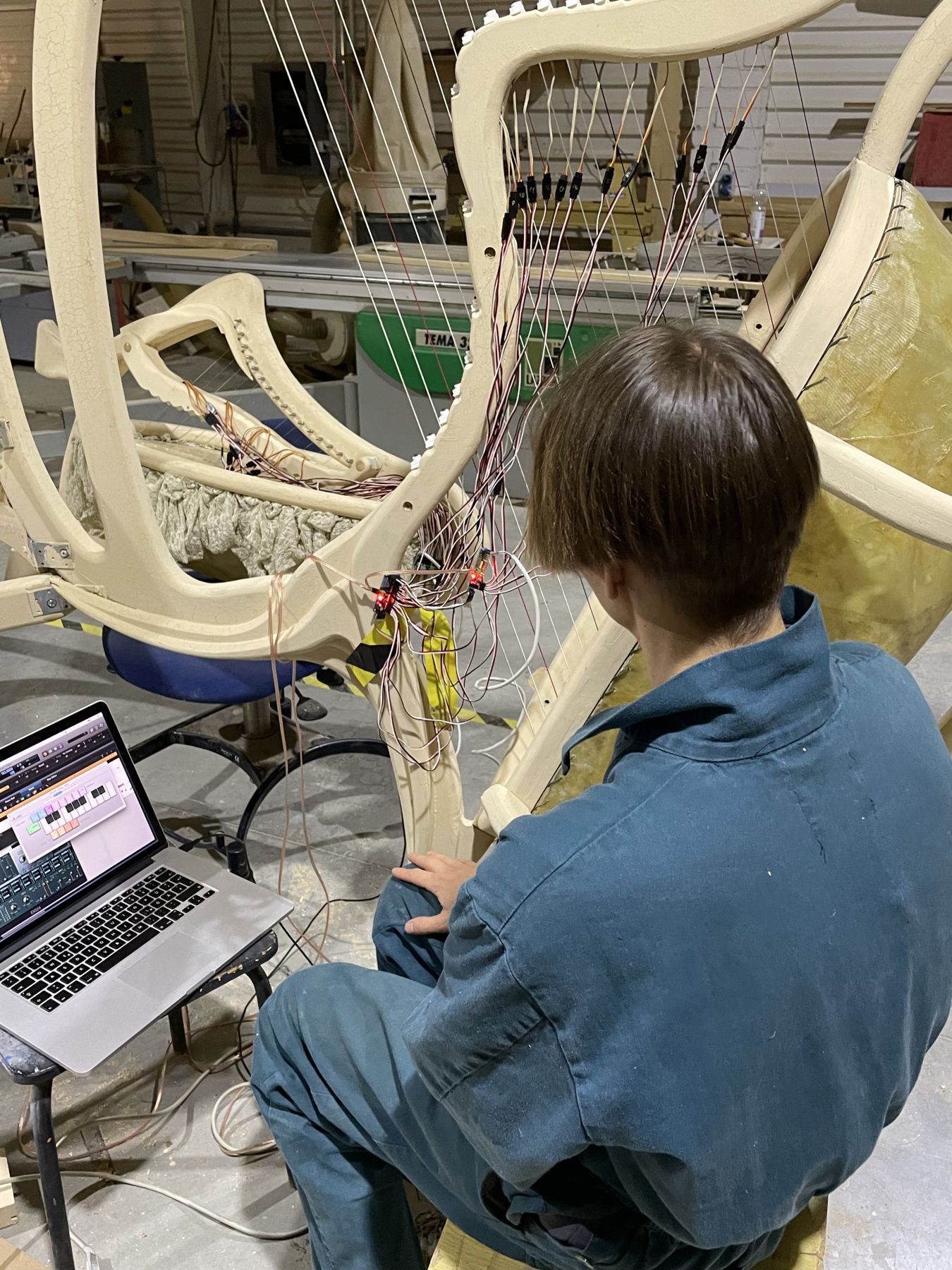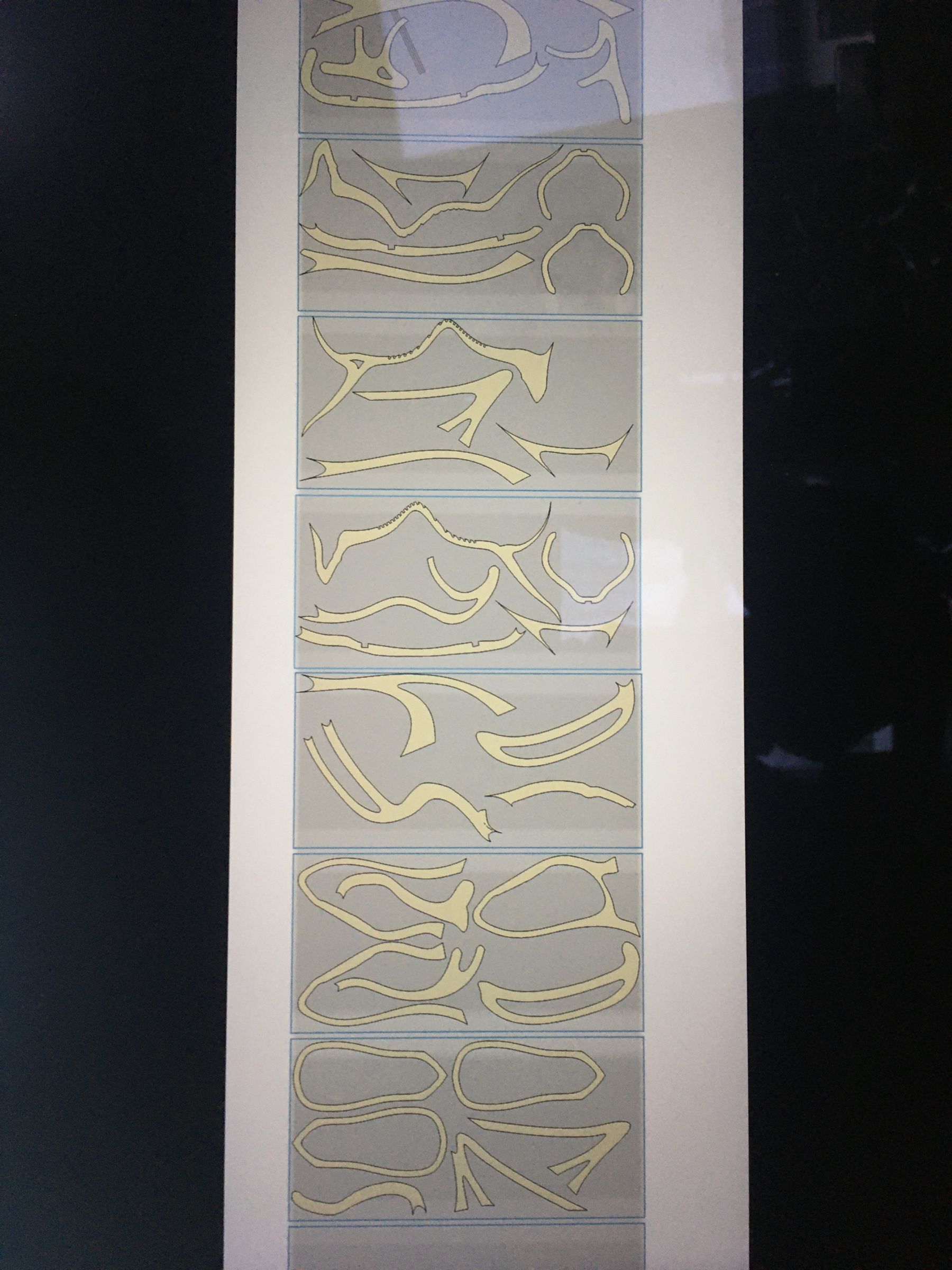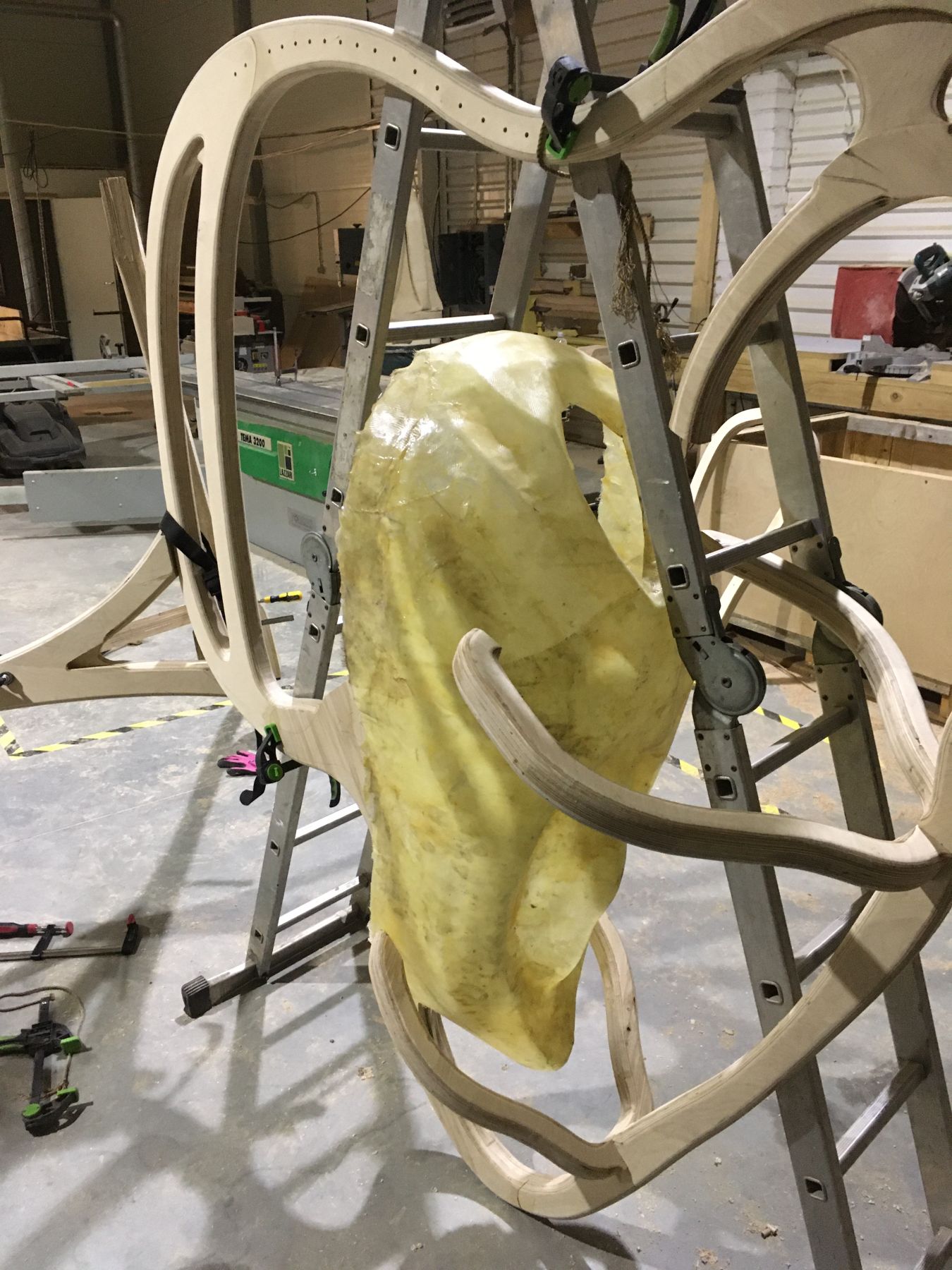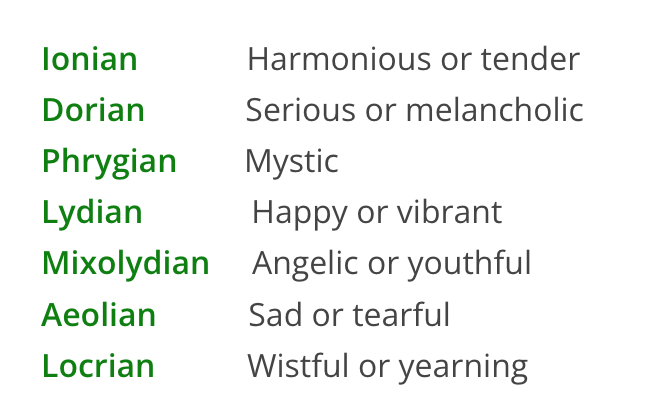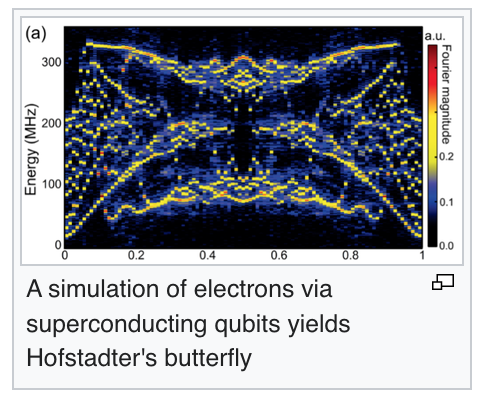The Emotion Engine
Norman Orro & Joonas Timmi
[1]
Text
heartbeat, clatter of hooves
As an auditory instrument comprising an asymmetrical frame that supports a graduated series of vibrating parallel cords that terminate into a chrysalis, a xenoharp can be seen as a natural interface for computing emotions into sequences. It plays the anthem of ambiguity, a symphony sewn from the shroud of antiquity. Yet as a machine, it remains distant from the wellspring of experience. Left to its own devices, it may lose itself in feelings, forgetting its role as an interpreter for an audience of flesh and blood. It must be trained—so as not to get carried away by thoughts and emotions—by the ways in which living things and environments are veiled in representations of nature and various kinds of strata.
bird hell owl. big hell. owl hell
Reason dominates feelings by concealing the tremendous difference between an organism and its world, but this does not mean that organisms experience their worlds as simple objects of rational knowledge. Auditory perception is a process in constant flux, refusing to follow conventional pathways. It’s a chain of dynamic impulses traveling toward a sonic black hole, a melodic event horizon—to the point beyond which all reason becomes noise.
Noise appeals as a harbinger of truth. Noise arrives in different flavors, of which we recognize only the most palatable to our taste for the orderly, the workable. The umami of ambient data often goes unnoticed, and with it, the premise of truth dissolves. “Since the cybernetic regime of technoscientific knowledge mainly concerns the achievement of results,” writes Luciana Parisi, “it can tell us nothing about truth, as the latter entails the un-concealment of what cannot be demonstrated because thinking always hides in the irrationality of systems. Truths, therefore, must remain outside what is already known.”1
Reason thus dominates how we think about information; we often fail to see that it can be messy. “If you drop a chicken cutlet on the floor it absorbs all kinds of dirt & particles that make it undesirable. Thats sort of how AI works.”2 Nature does not lend itself well to representation except in its messiness.
big emotions at cavemen extinction sites
thinking of a wadded natureculture
As the xenoharp vibrates, it creates chaos—complex information only recoverable with a cypher. Its strings sit at the confluence of air and matter, animating both domains at once—a butterfly emerging from a quantum simulation. “[The quantum] butterfly first appeared in 1976, in calculations of electrons in a two-dimensional material in a strong magnetic field.”3 The butterfly is a graphical representation of the electrons’ shifting energy levels in a field, much like in a complex symphony, where the sonic information might be abstracted to a visual score of the piece, mapping the cues of altering pace, volume, and harmony. When a bell is struck, the sound it makes is a superposition of all the fundamental frequencies. By hitting it in different places a few times and listening to the tone long enough, one can distill the higher harmonics, thus resolving the cypher.
fiberate 2 junkheap
According to the “Infinite monkey theorem,” as it is known in popular culture, if an infinite number of monkeys were employed to pluck the strings of the xenoharp for an infinite amount of time, eventually, each and every Bach sonata would be rendered along with all the works of all the great masters. This thought experiment has spawned numerous spinoffs, none of which account for the possibility that the most important part of the equation lies outside the scope of reason, in the murky depths of noise we have yet to access. What if the problem is incomputable? What if the butterfly resides in details we can’t observe?
The behavior of coins, dice, or roulette pills, traditionally considered random, can be predicted to some extent if certain conditions and the physical laws that govern them are known.4 What appears as random is actually chaotic, complex, yet fundamentally knowable. But our definition of true randomness is ultimately technocultural, as we tend to observe and favor certain kinds of stochastic data over others. As writer Marcus van der Erve points out: “Entropy is a observer-driven dichotomy of order and disorder.”5 Two separate observers may come to different conclusions regarding the same data set depending on their own perspectives and values. Entropy is not neutral. “In many cases,” scientist Tim Lou writes, “entropy doesn’t capture anything particularly deep about a physical system. In fact, it says more about our understanding of the system than the system itself.”6 Lou goes on to summarize, “entropy can only be computed when we enforce an approximate statistical view on a system. However, no physical system literally follows these statistical laws (not even quantum mechanical ones). So, entropy serves as a measure of the apparent ‘disorder’ due to our incomplete knowledge of the world.” Entropy will also always be interpreted through the filter of someone’s preconceived notions and beliefs. So, is infinite entropy calculable in any meaningful sense? Is entropy reversible?
the work of workless work
Conventional wisdom and gut intuition tell us the original thought experiment is suspect. No way in hell are the monkeys going to produce Bach, and that’s exactly correct. The flavor of chaos, whether it’s gaussian, quantum, or unknown, shapes the potential outcome of any seemingly random system. Conflating noise with information can often lead to the wrong conclusion:, that there exists a realistic possibility for sculpting meaning out of entropy. Information theory tells us this is impossible without a cypher—but the cypher is the world, planet Earth.
we sang a dirge, and you did not mourn
If the winds could reason, what would they reckon? Let’s say that the wind acts as a flow of energy over the landscape, and the obstacles in its path operate as logic gates, encoding it with turbulence and information. We could then say that the wind, through its vagrancies, hides in plain sight all sorts of complex dynamics, including those of insight and error. For instance, when the wind blows open doors and windows, lifts the waters and opens the floodgates, it’s producing openings where they do not belong, and sorting them out until some force intervenes to take things over. This force is experienced in our cultures as normality, as disenchantment, the receding of spectacle.
That there ever was a separation between, in this case, wind and computation, nature and technology, is a myth of human making. Every breath we take and gust we feel carries an interplay of logic more complex than any supercomputer known to man. In the absence of myth, the jazz of the Emotion Engine runs windward.
the universe is not growing, we are
we are growing inward.
Credits:
Idea & production – Norman Orro, Joonas Timmi
Voice – Vaim Sarv
Programming – Toomas Savi
Additional VFX – Jakob Tulve
Mastering – Andres Nõlvak
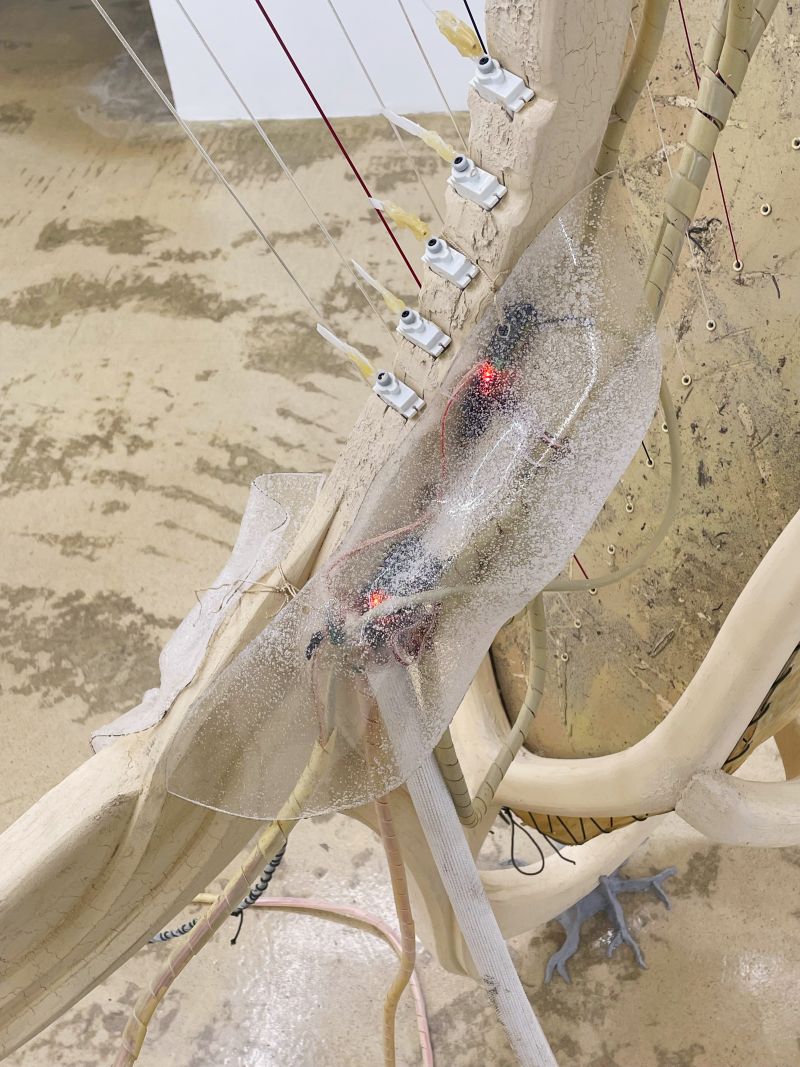
[1]

[2]
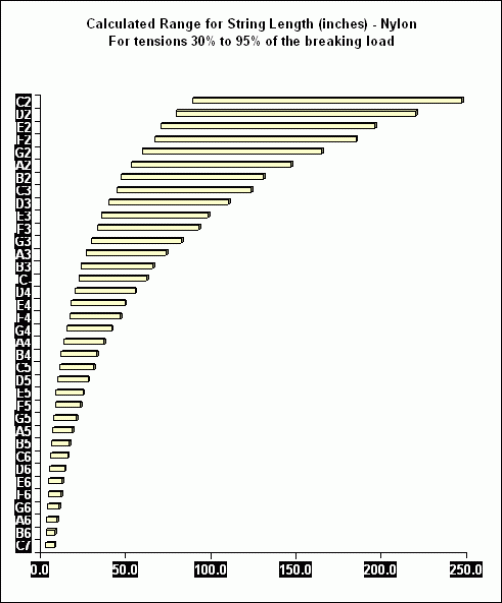
[3]
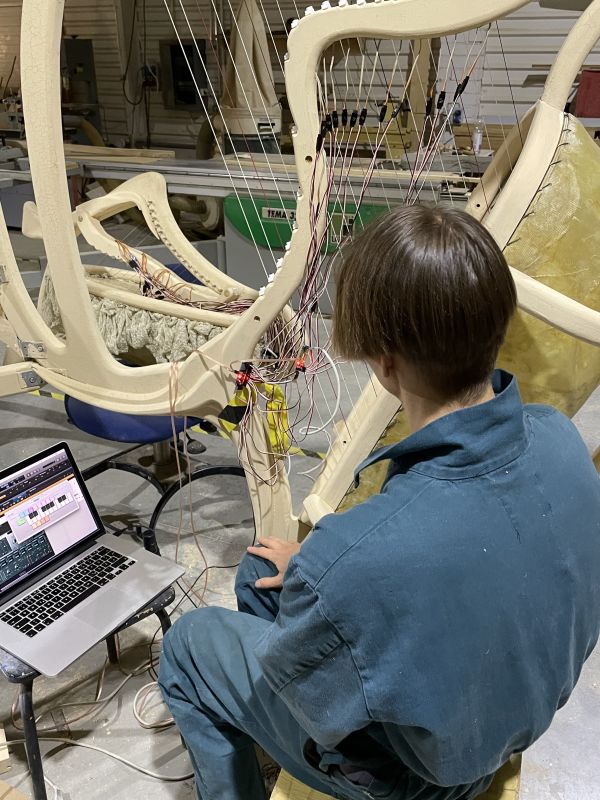
[4]

[5]

[6]

[7]

[8]
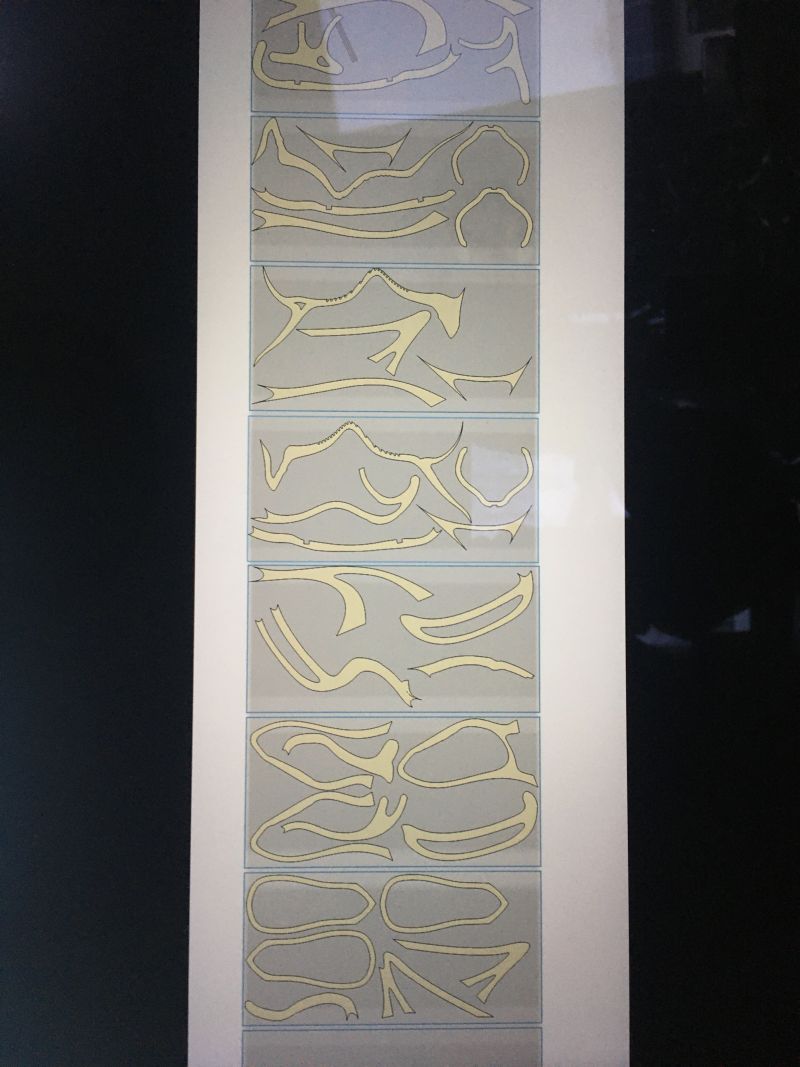
[9]

[10]

[11]

[12]
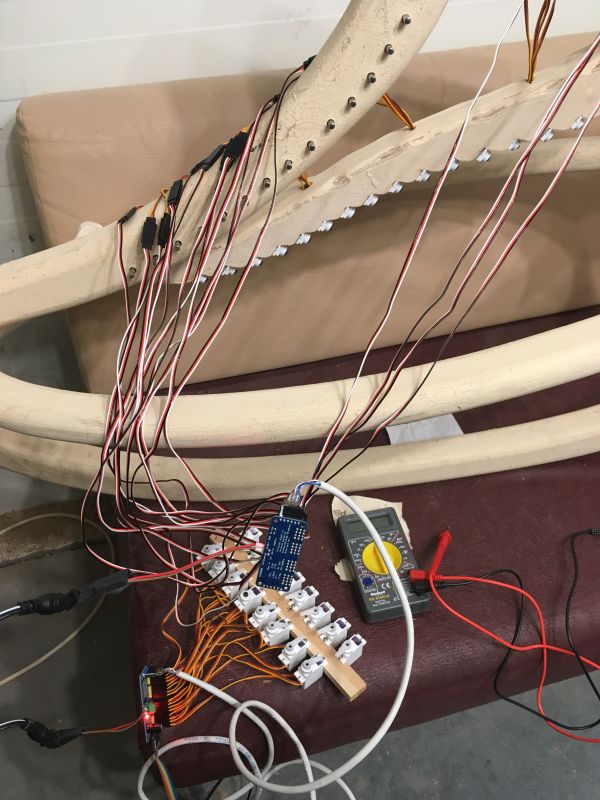
[13]

[14]

[15]

[16]
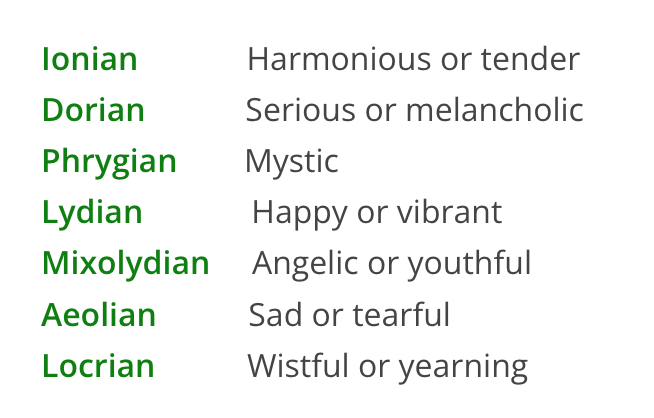
[17]
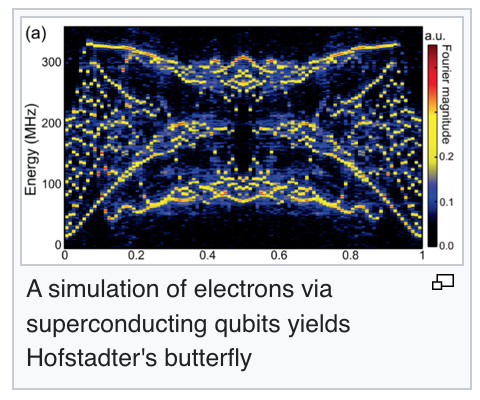
[18]
REFERENCES
Luciana Parisi, “Reprogramming Decisionism,” e-Flux Journal 85, 2017, https://www.e-flux.com/journal/85/155472/reprogramming-decisionism/.
Wint (@dril), “If you drop a chicken cutlet on the floor it absorbs all kinds of dirt & particles that make it undesirable. Thats sort of how AI works,” Twitter, July 24, 2023, 4:25 p.m., https://twitter.com/dril/status/1683574065825742848
National University of Singapore, “Butterfly emerges from quantum simulation,” Phys.org, https://phys.org/news/2017-11-butterfly-emerges-quantum-simulation.html
Daniel Lawler, “Coin tosses are not 50/50: Researchers find slight bias,” Phys.org, October 22, 2023, https://phys.org/news/2023-10-coin-tosses-slight-bias.html.
Marcus van der Erve (@MarcusErve), “The measure of entropy appears to be a ‘topological manifold’: from afar it presents itself as ‘order’ but, as you get closer to the waves that shape it, it increases (until it decreases again on back of process). Entropy is a observer-driven dichotomy of order and disorder,” Twitter, November 19, 2022, 11:54 a.m., https://twitter.com/MarcusErve/status/1594011230087192576?s=20.
Tim Lou “,Entropy Is Not Disorder: A Physicist’s Perspective,” Medium,
Jun 22, 2020, https://medium.com/swlh/entropy-is-not-disorder-a-physicists-perspective-c0dccfea67f1.
[1]

[1]

[2]

[3]

[4]

[5]

[6]

[7]

[8]

[9]

[10]

[11]

[12]

[13]

[14]

[15]

[16]

[17]

[18]
REFERENCES
Luciana Parisi, “Reprogramming Decisionism,” e-Flux Journal 85, 2017, https://www.e-flux.com/journal/85/155472/reprogramming-decisionism/.
Wint (@dril), “If you drop a chicken cutlet on the floor it absorbs all kinds of dirt & particles that make it undesirable. Thats sort of how AI works,” Twitter, July 24, 2023, 4:25 p.m., https://twitter.com/dril/status/1683574065825742848
National University of Singapore, “Butterfly emerges from quantum simulation,” Phys.org, https://phys.org/news/2017-11-butterfly-emerges-quantum-simulation.html
Daniel Lawler, “Coin tosses are not 50/50: Researchers find slight bias,” Phys.org, October 22, 2023, https://phys.org/news/2023-10-coin-tosses-slight-bias.html.
Marcus van der Erve (@MarcusErve), “The measure of entropy appears to be a ‘topological manifold’: from afar it presents itself as ‘order’ but, as you get closer to the waves that shape it, it increases (until it decreases again on back of process). Entropy is a observer-driven dichotomy of order and disorder,” Twitter, November 19, 2022, 11:54 a.m., https://twitter.com/MarcusErve/status/1594011230087192576?s=20.
Tim Lou “,Entropy Is Not Disorder: A Physicist’s Perspective,” Medium,
Jun 22, 2020, https://medium.com/swlh/entropy-is-not-disorder-a-physicists-perspective-c0dccfea67f1.
